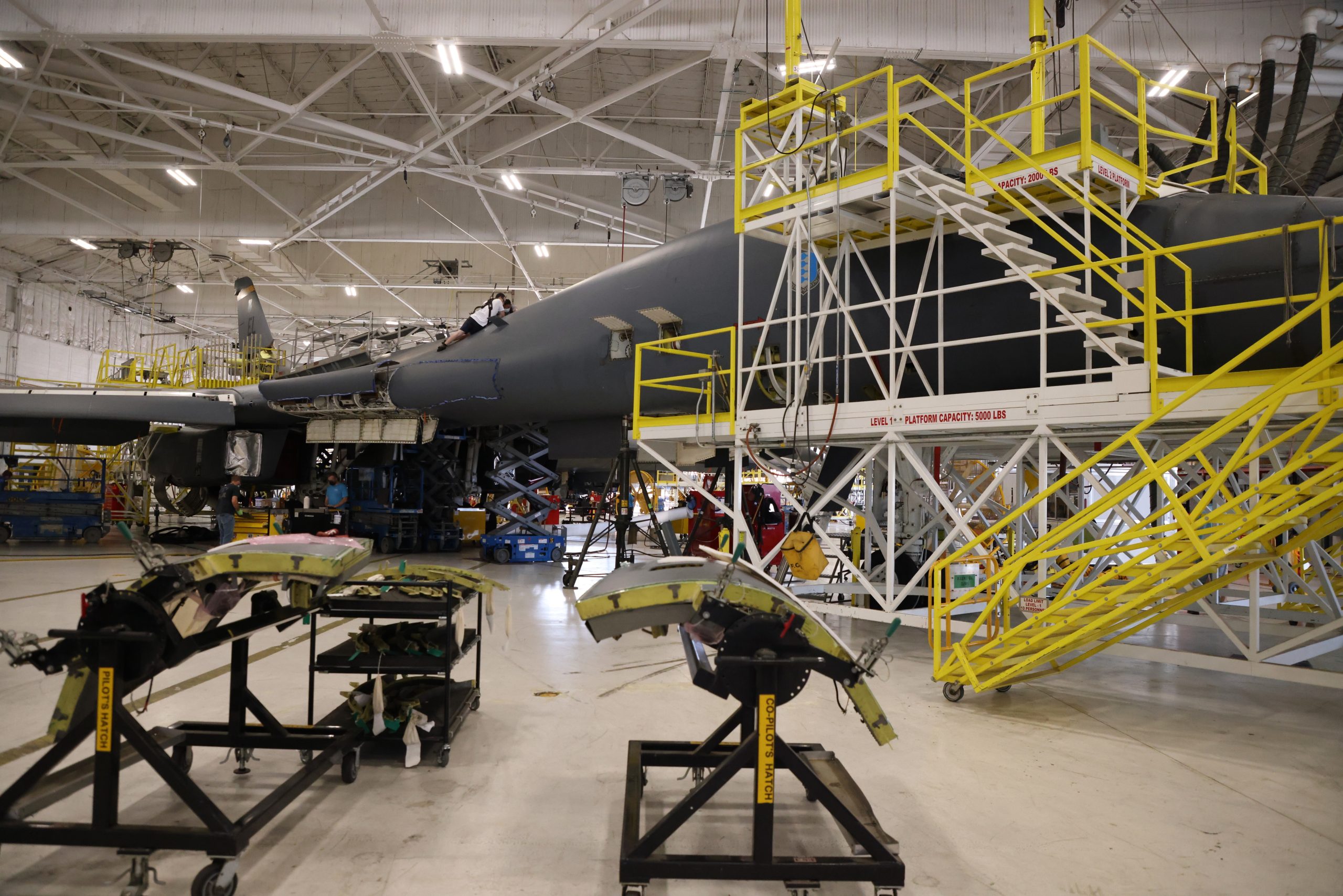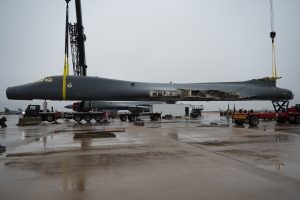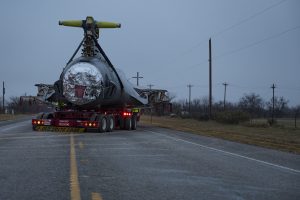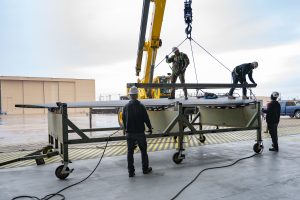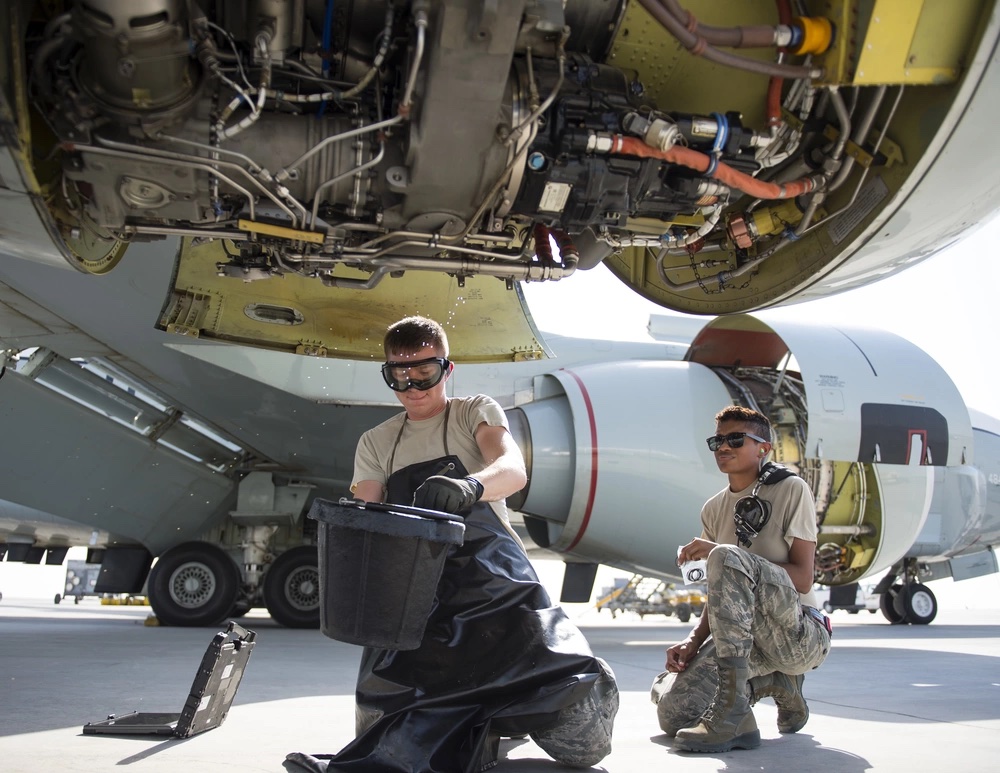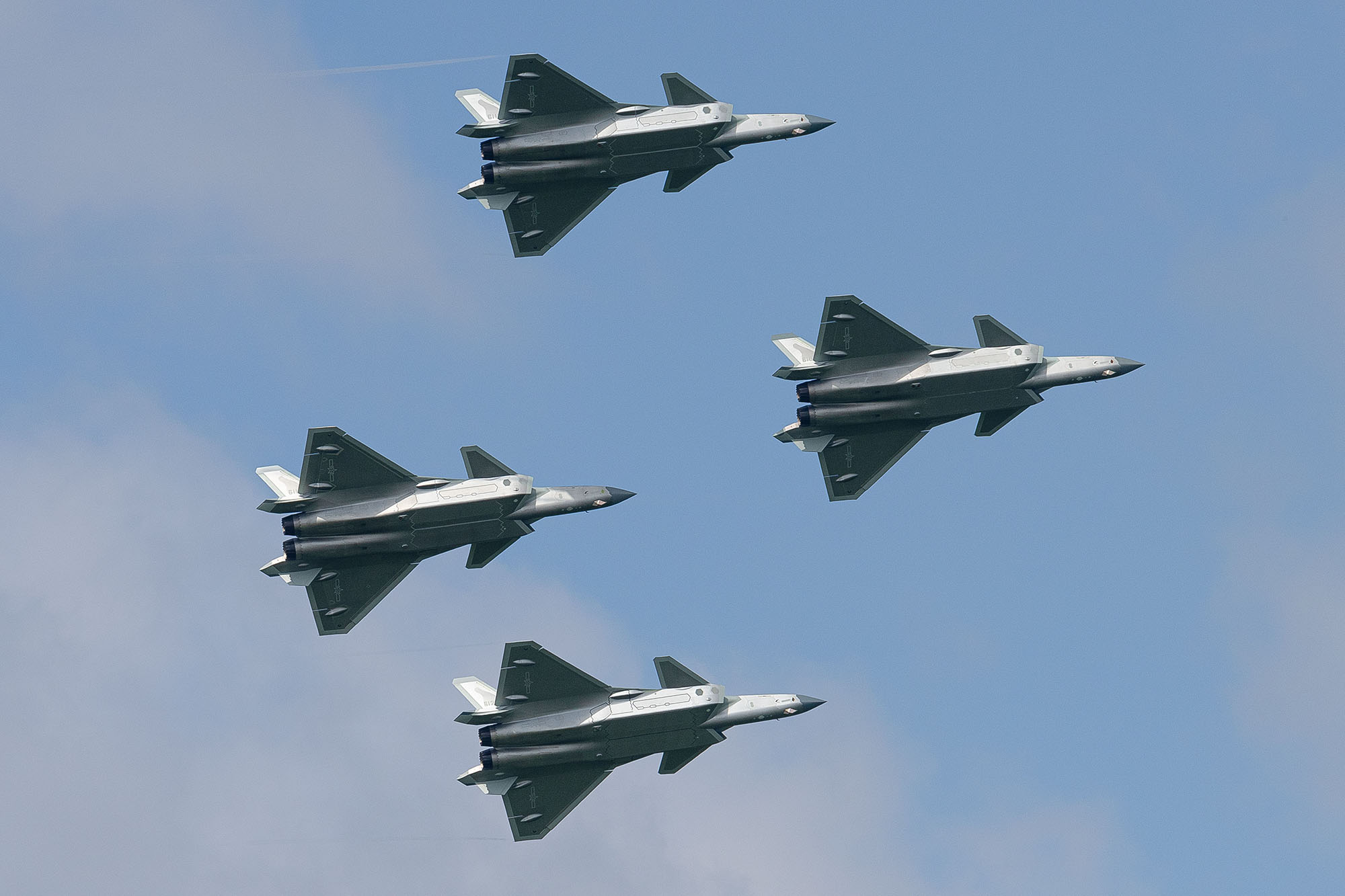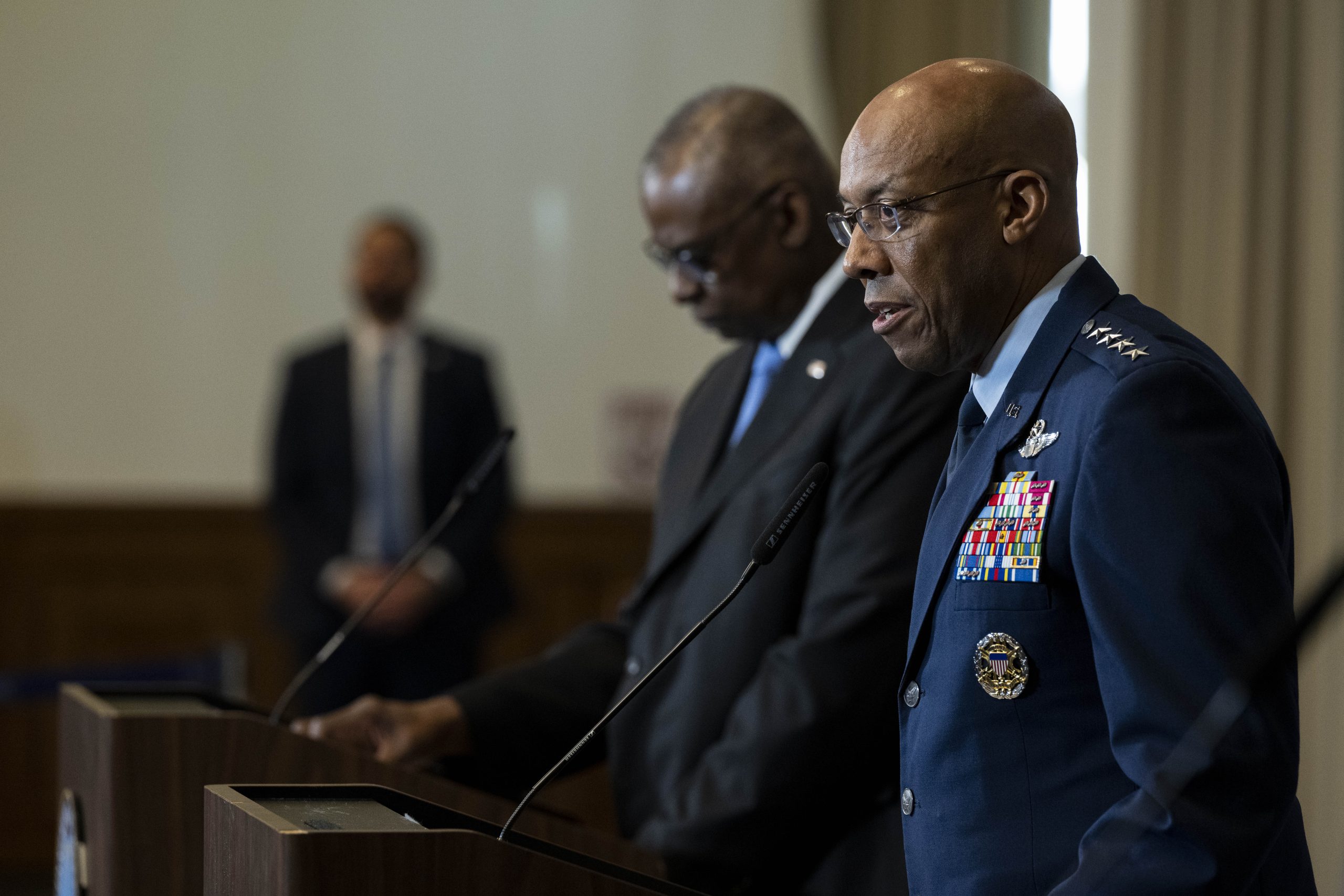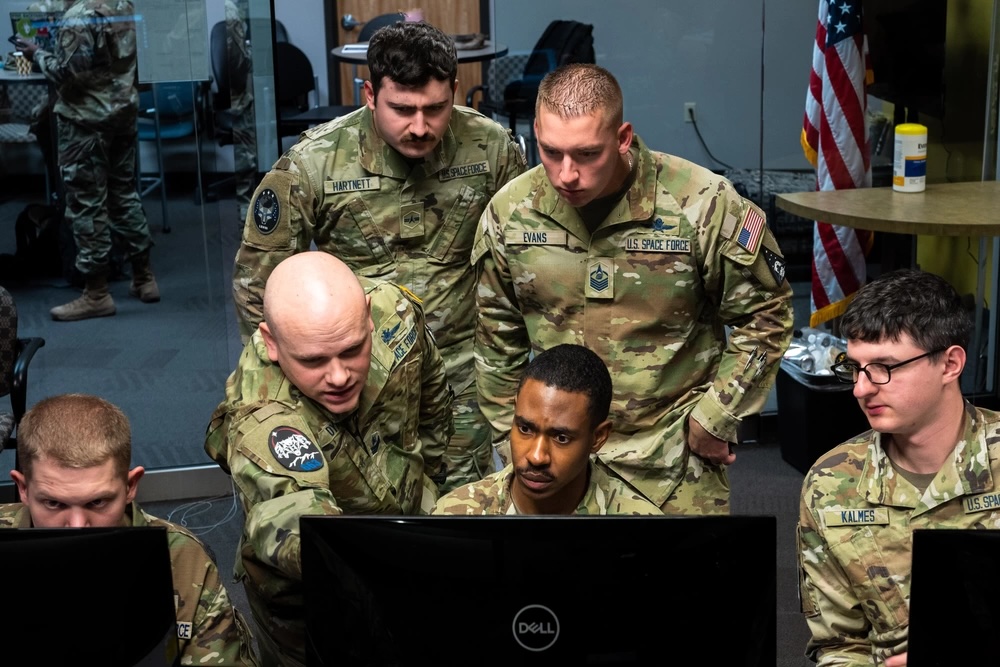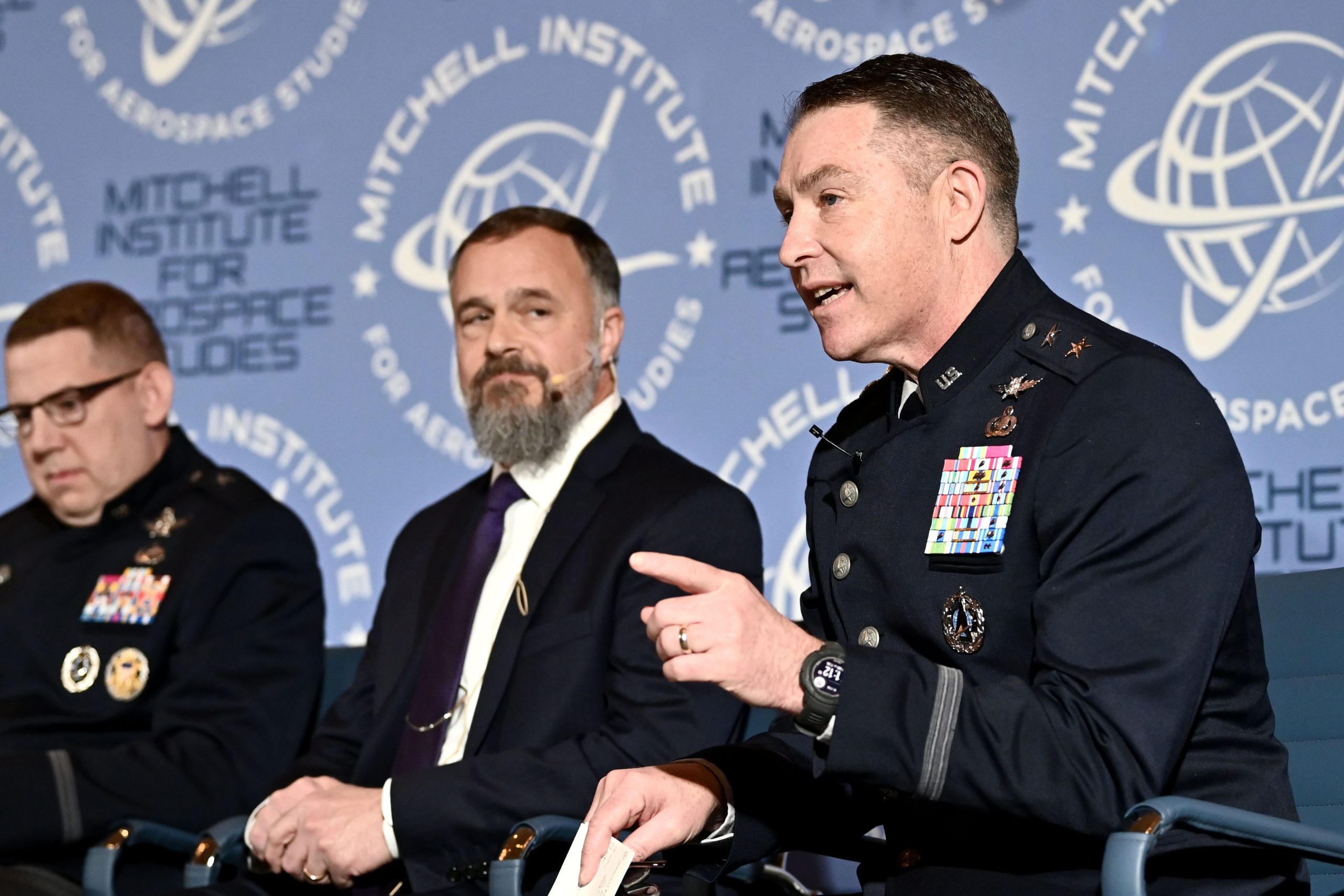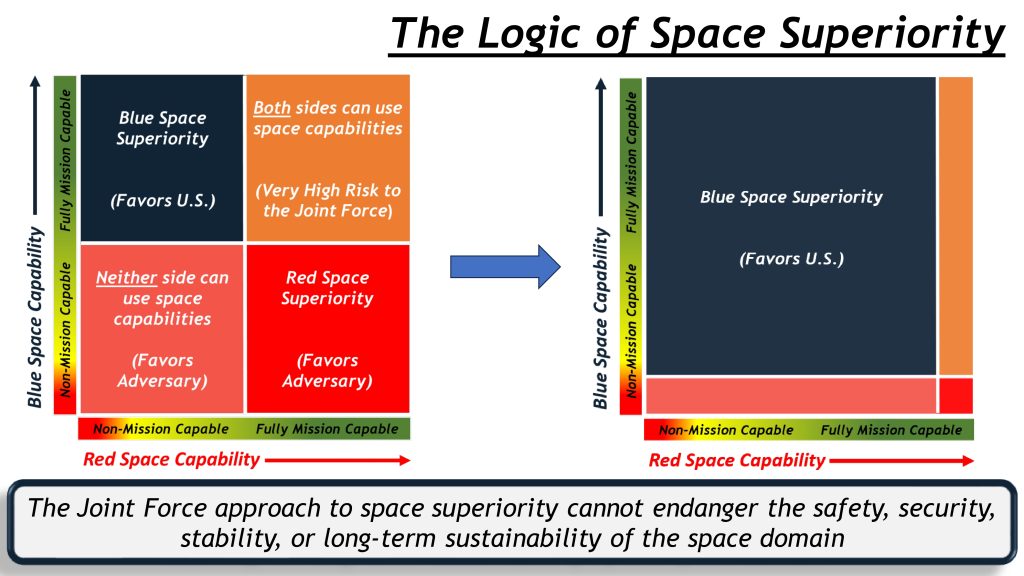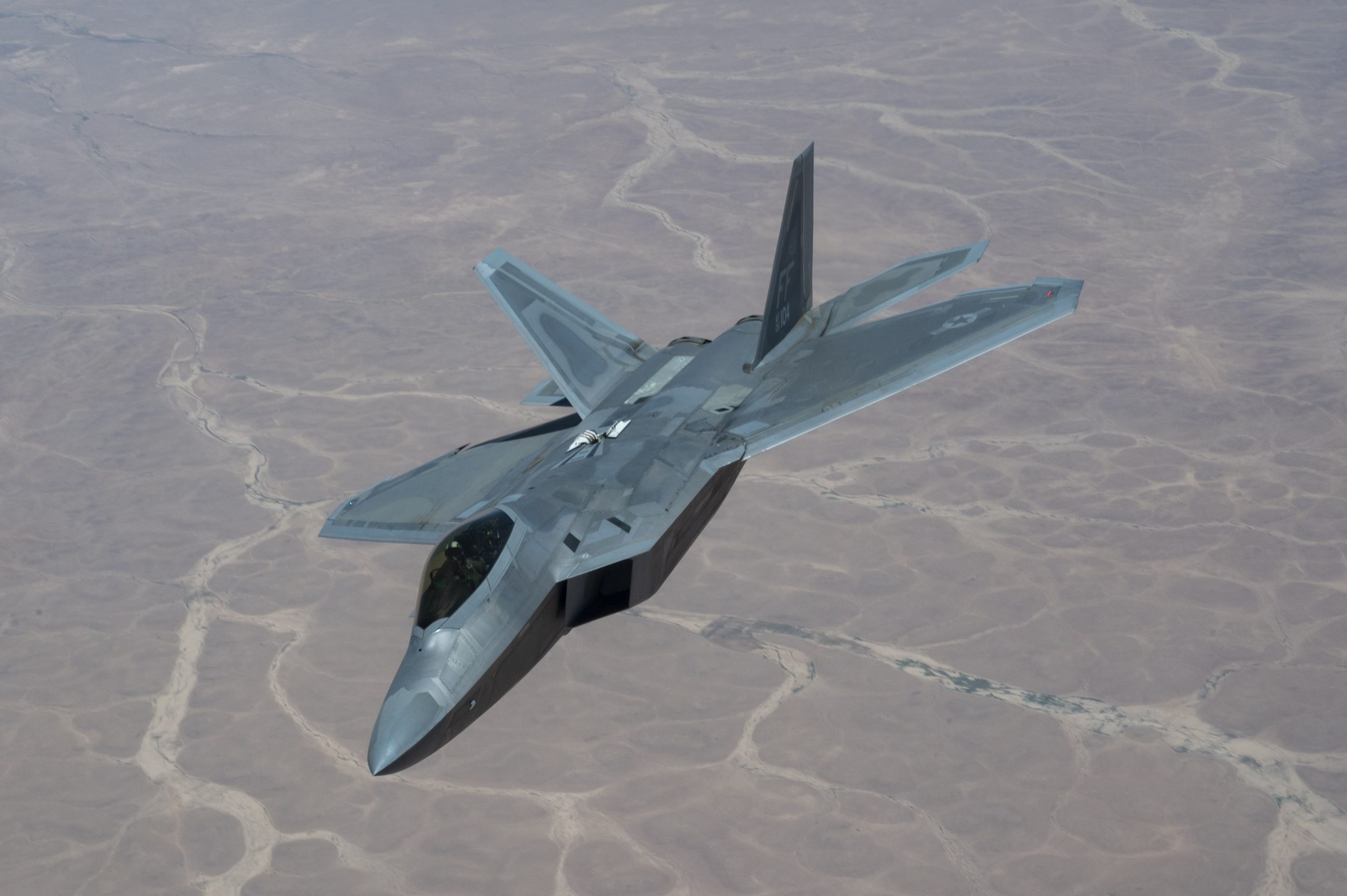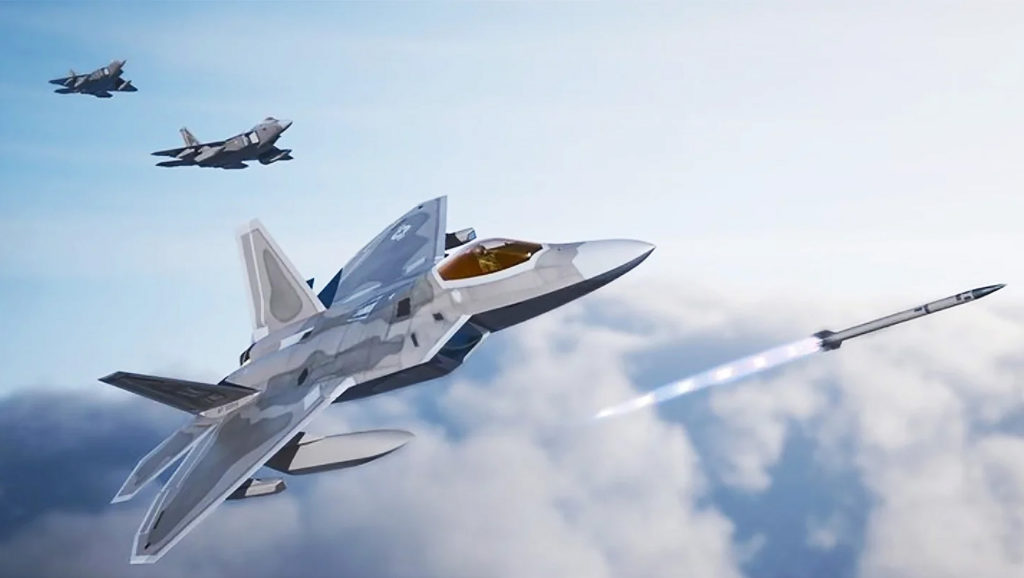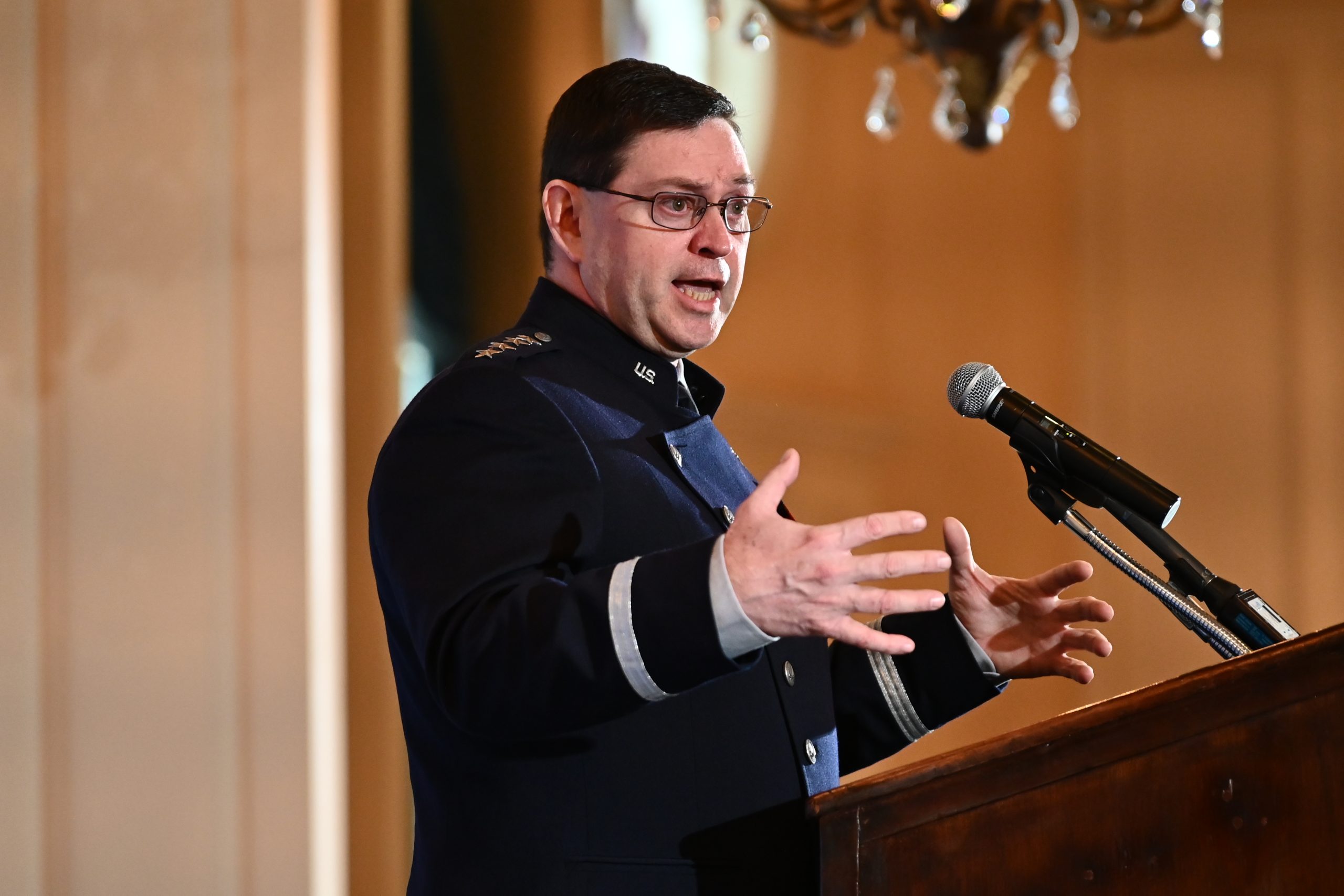Out of the boneyard and into the force: The Air Force is breathing new life into a B-1B Lancer to replace another bomber wrecked by an engine fire last year at at Dyess Air Force Base, Texas.
The 7th Bomb Wing announced the B-1 “regeneration” March 18, marking the first time in nearly two decades that a Lancer will re-enter service after being retired.
The B-1 arrived at Tinker Air Force Base on Feb. 8 for “heavy restoration and maintenance,” according to a wing spokesperson. Once complete, the rejuvenated B-1 will return to service at Dyess later this year.
The last bomber to return to active service after a stretch in the desert boneyard was a B-52 that returned to keep the fleet at the congressionally mandated size of 76 airframes. The Air Force retired 33 B-1s in 2003, only to later bring seven back by September 2004 after receiving a mandate from Congress.
The 309th Aerospace Maintenance and Regeneration Group at Davis-Monthan Air Force Base, Ariz., regularly reactivates aircraft for the Pentagon, NASA, and partner nations. Aircraft sent to the Boneyard can be maintained in different conditions, depending on whether the Air Force wants to preserve the option to un-retire them. Generally speaking, the AMARG removes explosive devices, such as ejection seat motors, upon intaket, then fills fluid lines with a preservative oil, closes off openings to keep animals and birds from nesting in the aircraft; and cover the cockpit, intakes and exhaust with a spray-on latex preservative to diminish the destructive effects of sun and heat.
The Air Force retired 17 B-1s between February and September 2021. Service officials said at the time that restoring them to “status quo” would cost tens of millions of dollars per aircraft, while retiring them would allow maintainers to focus their time and resources toward keeping the remaining aircraft mission capable.
Air Force Global Strike Command noted at the time that four of the 17 bombers would be maintained “in a reclaimable condition.”
“The fact that our Air Force can call up an aircraft that has sat dormant for several years and prepare it to support our long-range strike mission, all within a year, is incredible,” said Col. Seth Spanier, 7th Bomb Wing commander, in a statement. “This entire effort speaks to our unwavering commitment to maintaining a combat-credible strike force.”
The Air Force lost another B-1 in January when a BONE crashed while landing at Ellsworth Air Force Base, S.D. The base’s runway was shut down for several weeks while a safety investigation and a cleanup took place. Unofficial and unconfirmed imagery showed severe damage to the aircraft.
An Air Force spokeswoman told Air & Space Forces Magazine that the Ellsworth crash is being treated as a Class A mishap, the most serious type, but had not yet made a final determination on whether the aircraft can be salvaged.
“There are currently no plans to bring a B-1 out from the 309th Aerospace Maintenance and Regeneration Group (Boneyard) to replace this aircraft,” the spokeswoman added. “Our fleet remains mission capable and our ability to execute the highest priority missions supporting national defense are not impacted.”
Documents for the Air Force’s fiscal 2025 budget request project the B-1 inventory to decline from 45 aircraft to 44 aircraft next year. It takes time and money to bring one back: Dyess lost its B-1 in April 2022, when the bomber caught fire during an engine run, and dramatic video soon emerged of the aircraft engulfed in flames. A subsequent investigation found a cracked fan blade caused the massive fireball and sent shrapnel flying hundreds of feet.
Unsurprisingly, the aircraft’s flying days were done. According to the 7th Bomb Wing, once the accident investigation board was complete, maintainers stripped the carcass for 49 parts valued at over $2.7 million.
“The left wing and left nacelle were transported to the 436th Training Squadron crash lab, the only crash lab in Air Combat Command, to support their aircraft mishap investigation course,” the wing’s release noted.
Finally, the fuselage was transported to Wichita State University’s National Institute for Aviation Research, to help create a digital twin of the B-1.
The B-1 fleet is projected to remain in the active inventory into the 2030s, when the new B-21 Raider comes on board. The Air Force has been upgrading its remaining B-1s with new technology as part of what it calls the B-1 Embracing Agile Scheduling Team (BEAST) program.
